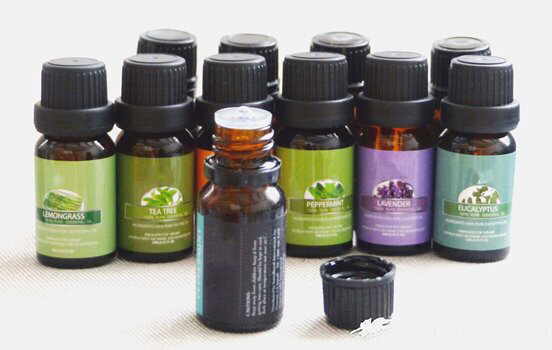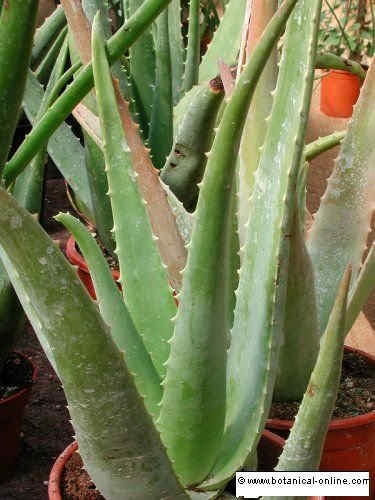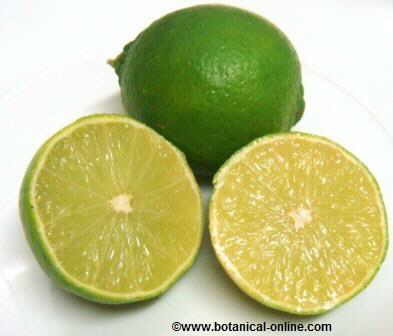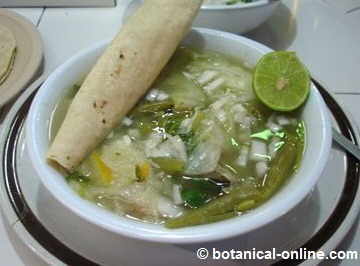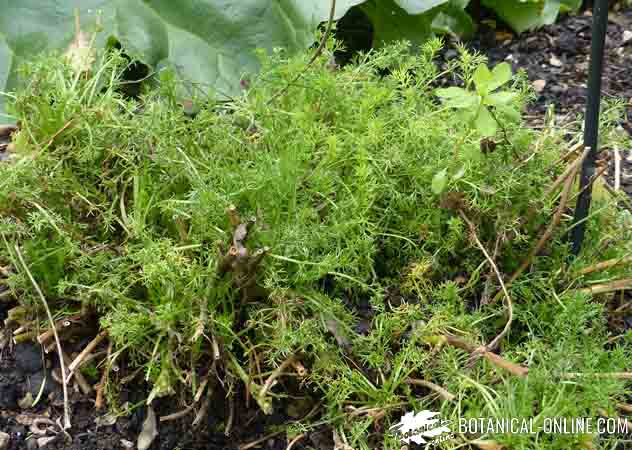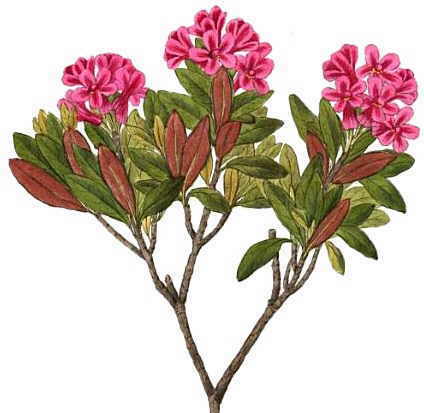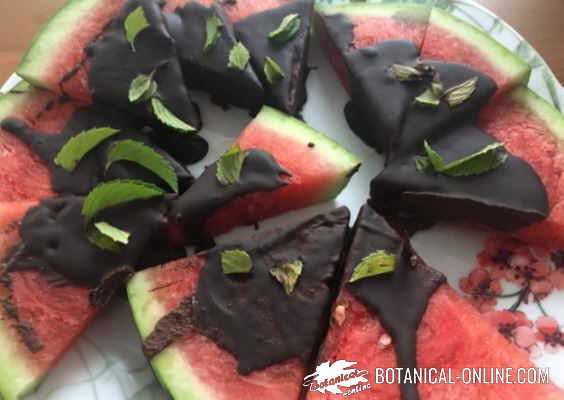Contents
WHAT IS A MEXICAN TEA PLANT?
Characteristics of epazote or Mexican tea (Dysphania ambrosioides)
Common name: Mexican Tea, American wormseed (for its traditional use as a remedy against intestinal worms), West Indian Goosefoot, Epazote, Paico.
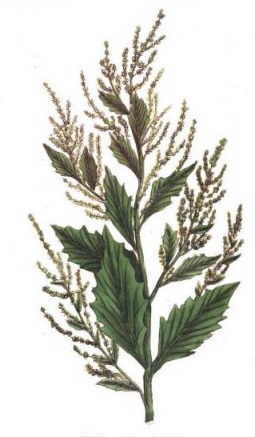
Spanish: Paico (word derived from Quechua), paíco macho, pazote, epazote (derived from the Nahuatl “epazotl”), hierba hormiguera, hierba lombriguera, ipazote, apazote, pichín, yerbasanta, hierba hedionda, hierba sagrada, ambrosía de México, hierba de Santa María (name given to it by the Jesuits), té de Nueva España, té de México.
– Taxonomic synonyms: Chenopodium antihelmniticum L. (“anthelmintic chenopodium”), Teloxys vagans (Standl.) W.A. Weber, Chenopodium obovatum Moq.
Family: Amaranthaceae (Formerly considered to be part of the Chenopodiaceae family)
Habitat: Where does epazote grow?
Plant native to Mexico, widely distributed in tropical and subtropical America, where it grows as a weed. It can be found mainly in Mexico, the Caribbean and the United States.
It grows wild in uncultivated, mountainous lands, former crop fields, wastelands. It is grown in gardens and as a medicinal plant. It can be adapted to the climate of Mediterranean gardens.
Description of epazote
Annual or perennial plant, erect or ascending, up to 1m. high. The entire plant gives off a strong smell.
Hollow, ribbed and branched stem.
Lanceolate to ovate leaves 1.5 – 12cm. long and 0.5 – 3cm. wide, entire or sinuate-toothed, glabrous, with fine pubescence. Lower leaves with petiole, upper leaves sessile.
Flowers in inflorescences in clusters in dense spikes.
The fruits (utricles) are covered by the perigonium (greenish calyx), and inside are the seeds (achenes). Lenticular seeds, 0.7 – 1mm. in diameter, bright brown in color.
Components of epazote
- Essential oil (1% in the seeds and up to 0.5% in the whole plant): The essential oil of epazote, present throughout the plant (although more abundant in the seeds), contains toxic ingredients called terpene peroxides. These are ascaridol (64% of the essential oil), p-cimol and terpene carbides. It also contains safrole and saponins.
- Ascaridol is the active principle that gives the plant its anthelmintic properties. The Chenopodium ambrosioides anthelminticum subspecies is the most concentrated in ascaridol, and is considered medicinally more active.
![]() More information on epazote or Mexican tea
More information on epazote or Mexican tea


